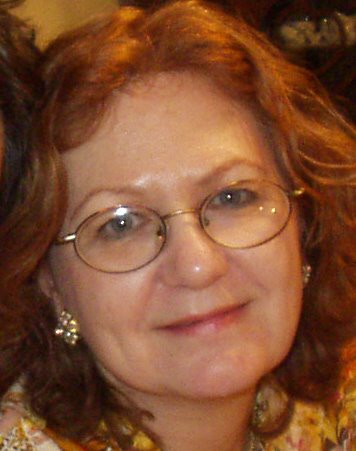Potential to Glow
 I had so much fun tending bar at last year's Smith College reunion, I decided to do it again. I contacted Pat Mahar, Area Manager of Dining Services, who was happy to take me on for 2007. I had just one special request: to be assigned to the class of '67 if possible. Those women were two years ahead of me at Smith, and I hoped I'd see someone I knew.
I had so much fun tending bar at last year's Smith College reunion, I decided to do it again. I contacted Pat Mahar, Area Manager of Dining Services, who was happy to take me on for 2007. I had just one special request: to be assigned to the class of '67 if possible. Those women were two years ahead of me at Smith, and I hoped I'd see someone I knew.Last night was my first assignment. Thursday night there are no activities organized by class, just services for the earlybird arrivals. I manned a cash bar at the Smith College Club, set up on a leafy deck overlooking Paradise Pond. Although I saw noone I knew, I enjoyed the delectable setting, had the fun of mixing drinks, and got to observe the various classes mingled together.
The younger classes mostly drink wine--white wine. Generally speaking, the older the woman, the stronger the drink. Martinis, which are nothing but spirits (without even an ice cube!) lead the pack for the senior crowd. The favorite of my middle-aged generation is gin and tonic, hands down. I'm partial to g & t myself.
I started drinking gin and tonic in the 70s--the discotheque era. It was the drink that glowed in the dark. Under black light, which was a feature of virtually every discotheque, at any rate. It was years before I understood why.
It's the tonic water that glows in a gin and tonic; specifically, the quinine which gives tonic water its distinctive bitter taste. Because of the relative constancy of its quantum yield, quinine is a common fluorescence standard in photochemistry.
Fluorescence occurs when a molecule which has absorbed light energy releases the remainder of the energy by emitting light. Fluorescence differs from phosphorescence in that a continual source of light must be present for it to occur. Why certain absorbent substances fluoresce while others do not is still not perfectly understood.
So there they were, all the gin and tonics on the terrace, being swallowed as fast as I could mix them. Not fluorescing, of course, as no UV light was present to excite their molecules. But I knew they all had the potential to glow.
It's the tonic water that glows in a gin and tonic; specifically, the quinine which gives tonic water its distinctive bitter taste. Because of the relative constancy of its quantum yield, quinine is a common fluorescence standard in photochemistry.
Fluorescence occurs when a molecule which has absorbed light energy releases the remainder of the energy by emitting light. Fluorescence differs from phosphorescence in that a continual source of light must be present for it to occur. Why certain absorbent substances fluoresce while others do not is still not perfectly understood.
So there they were, all the gin and tonics on the terrace, being swallowed as fast as I could mix them. Not fluorescing, of course, as no UV light was present to excite their molecules. But I knew they all had the potential to glow.
Labels: bartending, Northampton, Smith

